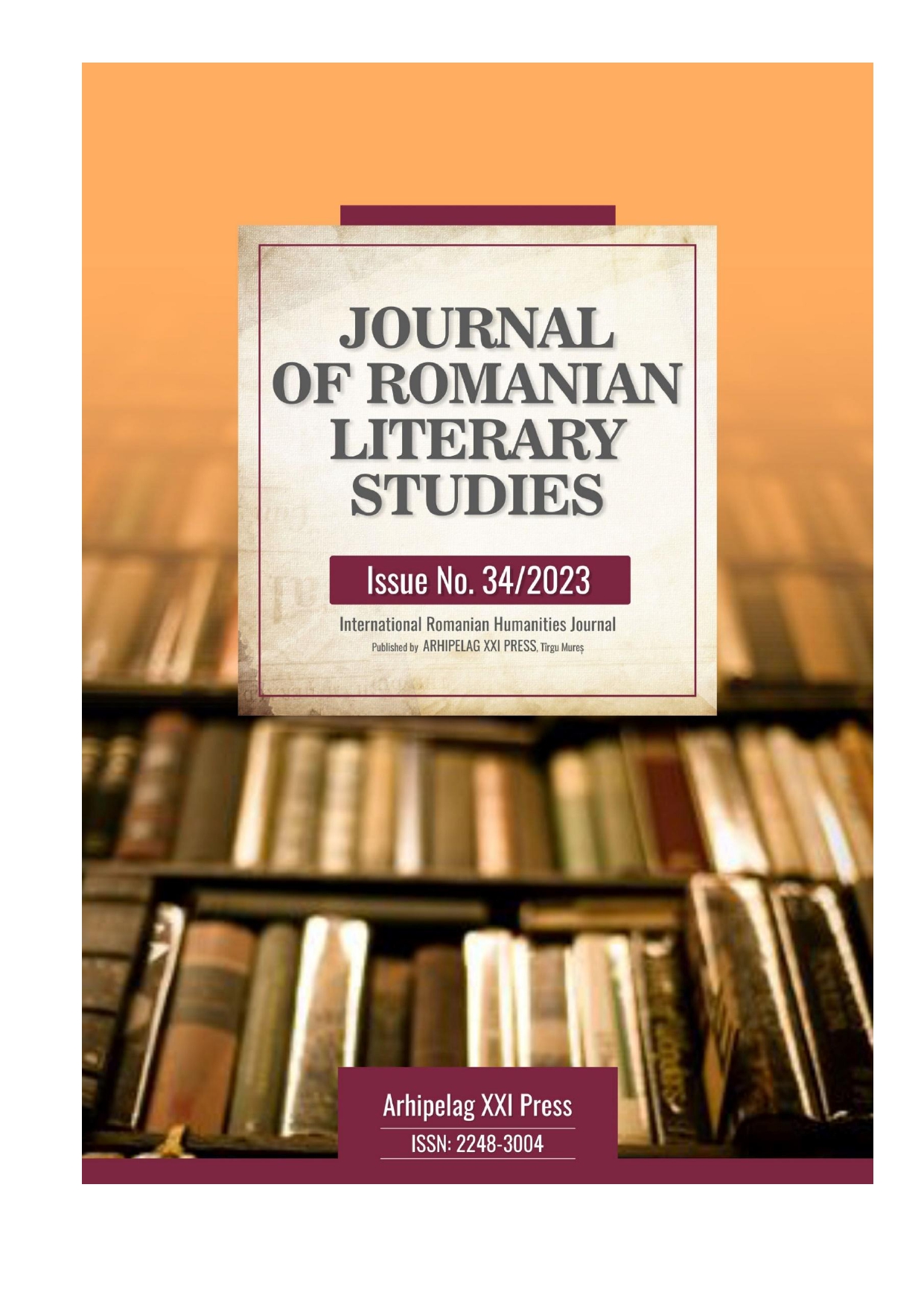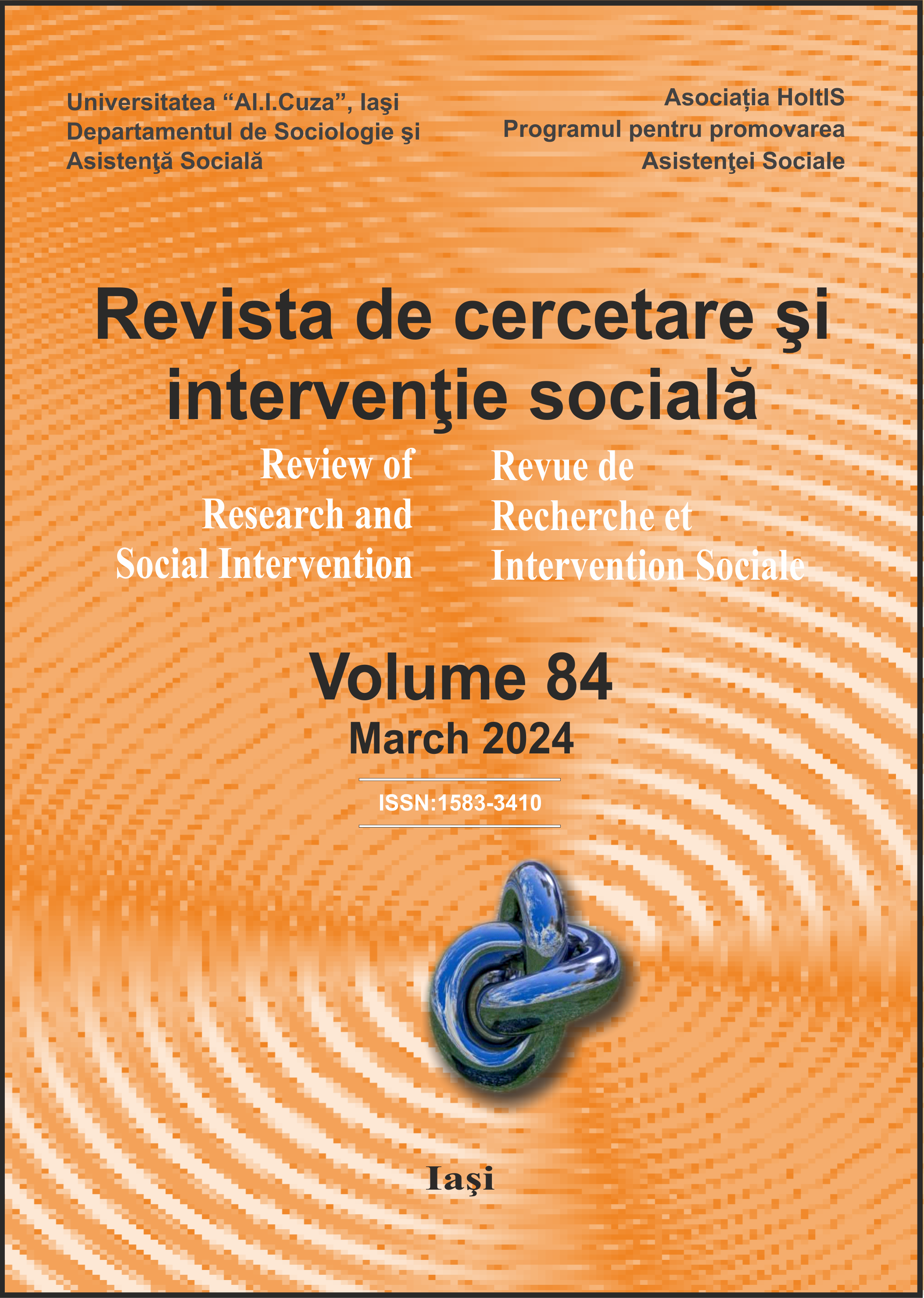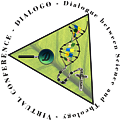Factor structure of the Scale of Evaluation of Body Dissatisfaction for Adolescents (EEICA) among students from Slovakia, Hungary and Lithuania
Background: Body dissatisfaction is important to examine as it is an essential evaluative part of the self-system and can have an impact on psychological and physical health. It is a complex phenomenon and seems to include more factors. The scale of body dissatisfaction for adolescents (EEICA) is a multidimensional verbal method measuring body dissatisfaction. However, its factor structure has only been identified in a Spanish adolescent sample. Aim: The main aim of this study is to identify factors of the EEICA for university students from Slovakia, Hungary and Lithuania. Methods: 2357 first year university students completed the EEICA online as part of the SLiCE study. Principal axis factoring with Varimax rotation was performed for each country separately. Intercorrelations between factors via the Pearson correlation coefficient were tested as well. Results: The study revealed a three-factor structure of the EEICA in each country (Self-acceptance and acceptance by others based on appearance, Weight control together with efforts to improve one´s appearance and Low weight dissatisfaction) after excluding 9 items. In addition, the results revealed a significant association between body evaluation and behavior connected to body appearance. Conclusions: This factor structure helps to distinguish between (1) cognitive and emotional body evaluation and (2) behavioral aspects connected to body appearance. This structure differs from the previous factor structure in Spanish adolescents and it has revealed a new relevant factor named Low weight dissatisfaction, which has so far been rarely explored. Future research may focus on this factor as well as on the complex validation of the EEICA in different age categories.
More...














